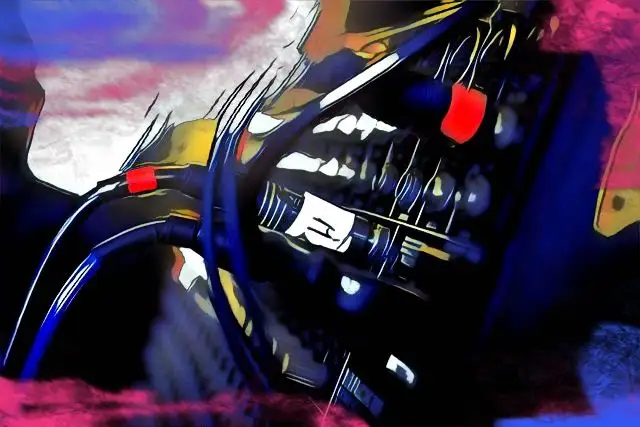What is ADAT? All You Need to Know
If you've been poking around the internet looking for an audio interface you may well have come across the term 'ADAT'.
You may even have seen an ADAT connection in real life - a little square connector with a light saber tiny red light trying to escape.
But if the whole notion of ADAT audio technology leaves you flummoxed I have good news; we're about to embark on a mission of discovery. By the time you're done reading you'll know how it came about, what it's used for, and how it can make a difference to your audio adventures.
What Does ADAT Do?
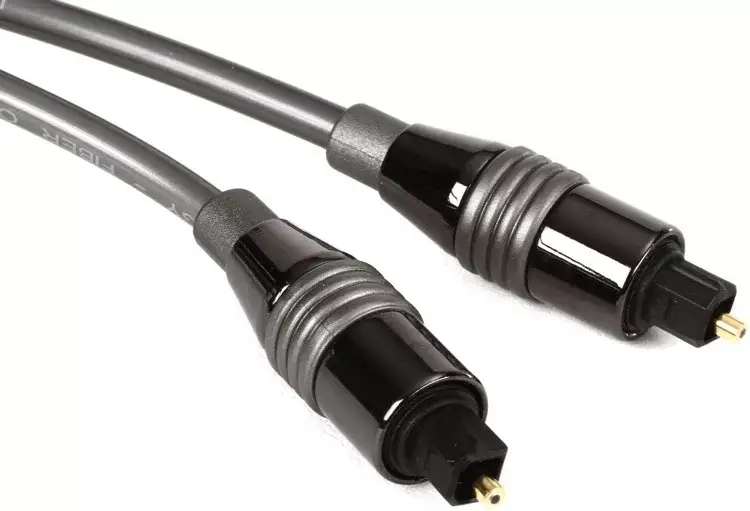
The term ADAT refers to an optical interface that transfers digital audio data. In a nutshell an ADAT interface allows you to expand your recording studio setup by adding components, rather than replacing gear.
By using the optical cable - called an ADAT Lightpipe - ADAT is used to connect one piece of equipment to another and send digital audio signals in either direction.
What Are ADAT Connections Used For?
The most commonly used functions of an ADAT connection are to increase the number of inputs and/or outputs available on your audio interface without having to buy a new one.
Inputs
For example, let's say you have a Universal Apollo Twin X as your audio interface. Great sound; only two inputs.
By using an ADAT optical interface you can couple it to an external preamp. Let's say the UA 4-710D because we're feeling flush. This will boost your input channel count to a total of 6.
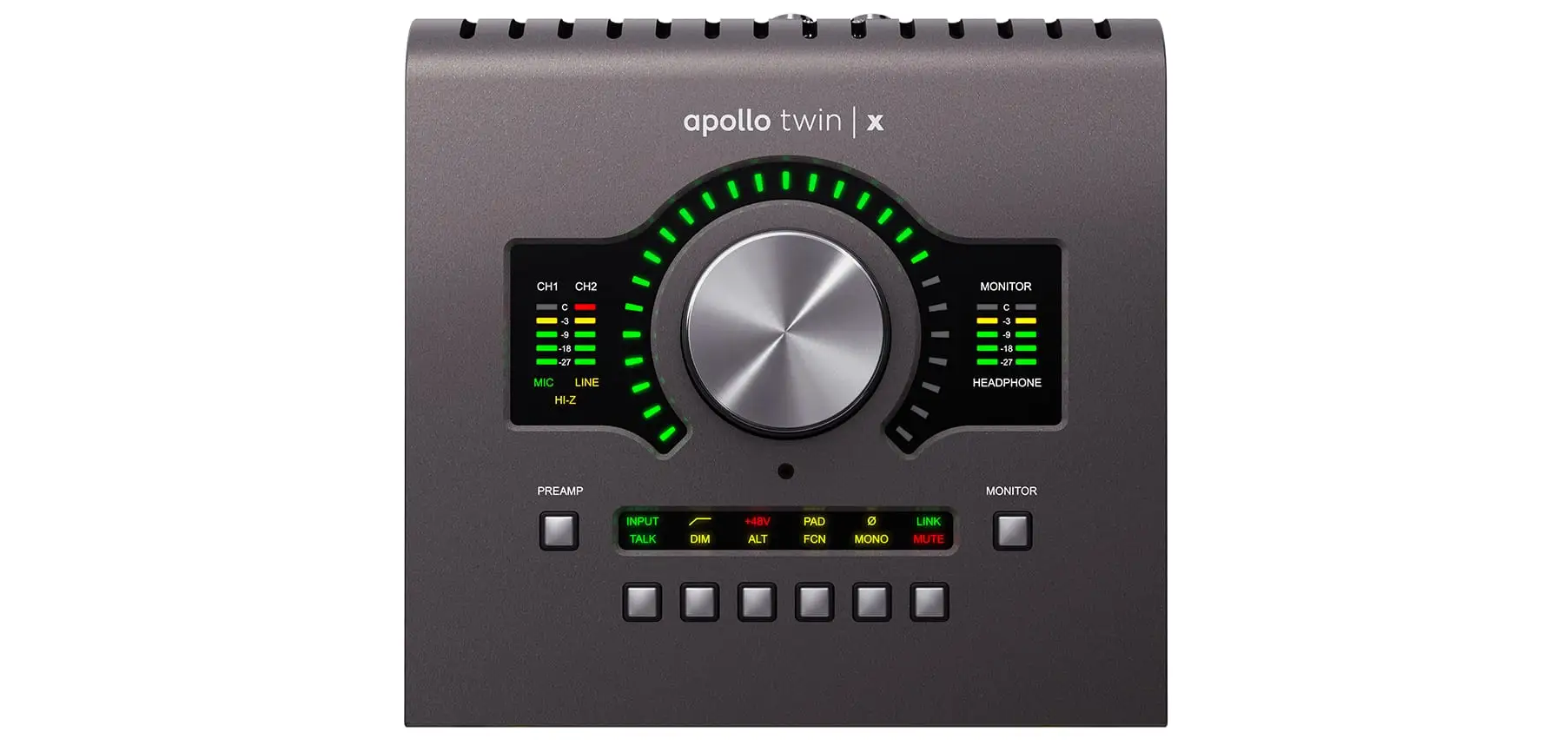

Outputs
ADAT can also be used to send audio out from your interface for external processing. You may want to mix your magnus opus on an external console, or perhaps you have a unit with superior AD/DA conversion that you prefer the sound of. Or you may need more outputs to provide multiple headphone mixes for monitoring.
By hooking up an AD/DA converter like the Ferrofish A32, you can use the ADAT ports to send an un-compromised digital audio signal out to an ADAT-friendly mixing console or external processing unit.

But wait, there's more...
You can also use ADAT outputs to send audio to external hardware for insert effects processing.
By routing audio out of your interface, and through an AD/DA converter, you can send any audio channel to outboard devices, and back into your DAW, all in the blink of an eye.
Another use is rescuing old gear that is obsolete connection-wise (firewire anyone?), and bringing it back into play.
If you have an older type of audio interface that works great, and can operate in standalone mode, but just doesn't have the right connectivity to work with your current studio computer - like an old firewire interface - you can assign it to ADAT duties boosting the number of inputs on your more modern audio interface.
How Many Channels Can I Send With ADAT?
Standard transfer of digital audio via an ADAT optical signal allows for a maximum of 8 channels. This is working at a maximum bit depth of 24, and a maximum sample rate of 48kHz.
If your interface has two ADAT inputs you can receive up to 16 channels.
Producers and engineers who want to record at higher sample rates can do so using S/MUX magic (short for sample multiplexing).
The downside is that you'll reduce the channel count by half for each incremental bump in sample resolution. So 96kHz will reduce your channels to 4, and 192kHz will leave you with only two channels.
Grease Is The Word (Clock)
All this connectivity is swell, but in order for things to run smoothly you have to make sure all your devices are talking to each other politely. Just like video, digital audio signals have frame, and when multiple devices are connected together those frames need to be in sync to avoid pops, clicks, and other nasty artifacts.
The process of syncing digitally connected devices is called 'clocking'. One has to be assigned as the primary device, and all others will follow along in merry harmony.
Sync signals are sent through ADAT Lightpipe cables, so if you're simply connecting an external preamp to your audio interface all you need to do is set the clock source of the interface to ADAT, and the clock source of the preamp to internal. This way interface will receive its digital clock from the incoming ADAT signal.
Some interfaces, like the Focusrite red range, indicate the clock source on the front panel, making it easy to see if you've got things set up correctly. If this isn't the case with your interface/preamp you'll need to do some on-screen menu diving.
What If I Want To Hook Up More Than 2 ADAT Accessories?
Things get a little more complicated if you're daisy-chaining multiple devices together.
For example if your interface has two ADAT inputs, you can in theory make use of two external preamps to boost your channel count by 16.
But since there's no primary clock source in this scenario you'll need to use a dedicated Word Clock signal to sync everything up.
Some equipment has Word Clock outputs and inputs. As long as all the gear in the above scenario can receive a dedicated Word Clock signal, and your primary device can transmit it, you'll be golden.
If your device doesn't have the option to transmit Word Clock you can use a dedicated Master Clock device to do the job for you.
In addition to BNC cables (the type used to transmit this kind of signal) you'll need BNC T adaptors (see image below) to daisy chain everything together., plus a 75 ohm BNC terminator.
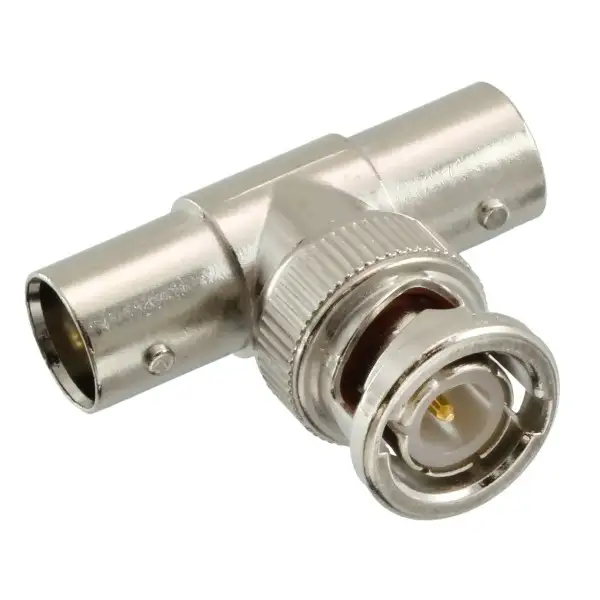
You may also need a 75 ohm BNC terminator on the final T adapter.
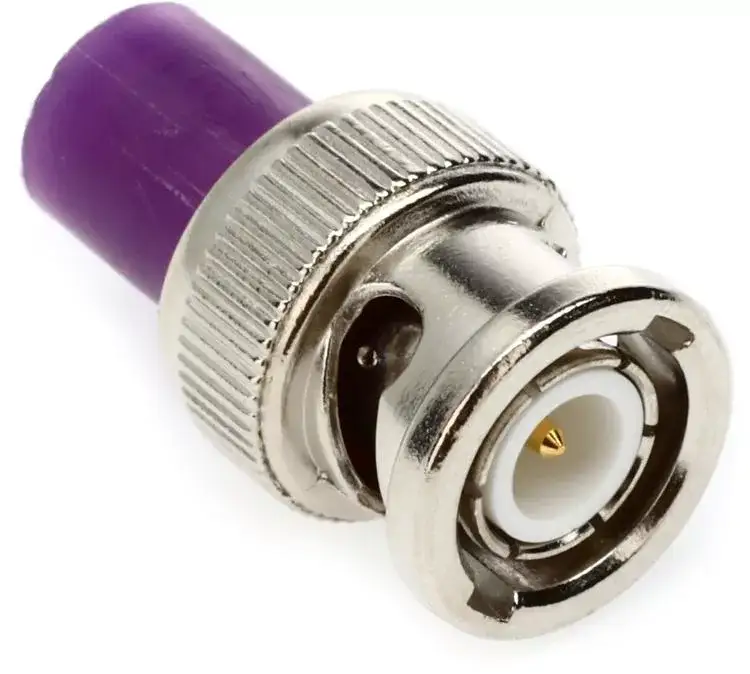
The Mists Of Time
But how did all this ADAT wizardry come about? Time for some history...
The term ADAT is actually an acronym for A lesis D igital A udio T ape, and was coined a long time ago, in a galaxy far, far away. Or to be precise, Hollywood in the early 90s, as a term used to refer to some fancy new digital recording devices.
In the before times, analog recording was a considered noisy and problematic. Digital was the way to go, but digital recording was hideously expensive - only the likes of the Sony empire could afford digital multitrack recording.
Alesis revolutionized the music industry by developing digital recording technology that was more affordable to home and project studios. This started the rise of independent musicians and labels.
The shiny new ADAT recorder used consumer-grade S-VHS tapes (ask your parents) to record up to 8 tracks of music as zeroes and ones. The original ADAT recorded at 16 bits per sample, but later generations upped the ante to 20 bits.
The shiny new recording machines had all sorts of fancy features, including auto play and auto punch. They could be controlled externally via the Alesis LRC (little remote control), allowing the operator access to basic transport controls and locate points. The BRC (big remote control) was a larger version of this with many more features.
The best part? Multiple ADAT machines could be linked together using optical cables to send information back and forth between machines. Up to 16 ADAT machines could be hooked up in a Matrix-like environment using optical cables.
This cable exploited an even older digital standard, invented by Toshiba. The TOSLINK was originally designed to connect home theaters and gaming systems, transmitting only two (stereo) channels of digital audio.
Being cunning, Alesis developed this technology to enable it to transmit up to eight channels of audio, at higher sample rates. And thus was born the ADAT Lightpipe - a nifty way to stream high quality audio from one ADAT machine to another.
Taking things a step further, users who craved a sample rate higher than 48kHz could do so by reducing the track count. Using 'bit-splitting' technology (the S/MUX we talked about earlier) four channels could be recorded at 96kHz, or two at up to 192kHz.
Always In Motion Is The Future*
As with any technology, ADAT recording eventually became obsolete. The rise of DAW based recording, and the plummeting cost of hard drives mean that only a resolute few still use the original ADAT recorders to lay down their tunes.
However, while the original term is lost to the history books, the legacy lives on in the ADAT Lightpipe.
*Yoda - The Empire Strikes Back
ADAT's A Wrap
Terrible pun, I know.
Nonetheless, I hope you've found this article useful in your quest to build the world's most awesomest studio.
Now go forth and maketh the music.


